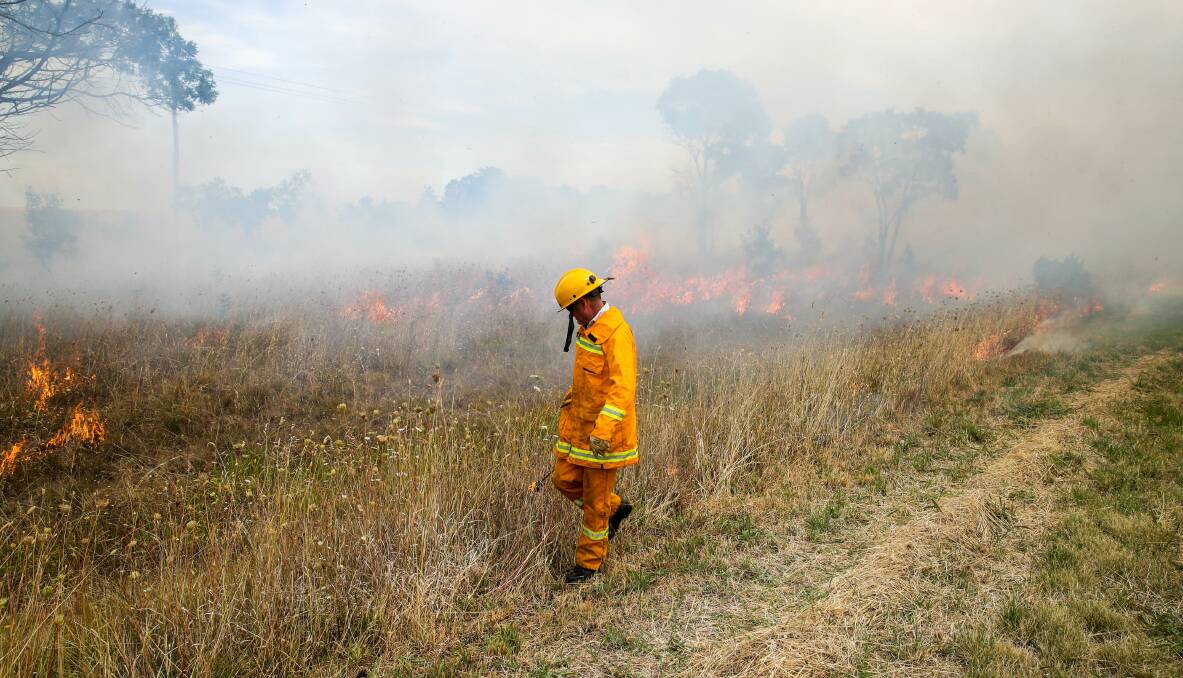
The number of high-risk bushfire days across south-west Victoria could rise by about 70 per cent by the end of the century, according to new climate research.
Subscribe now for unlimited access.
$0/
(min cost $0)
or signup to continue reading
Data published by CFA in partnership with international research bodies found that under different emissions scenarios, both mean and extreme fire danger are expected to increase in Victoria.
The average number of 'very high' fire risk days in Mortlake - representing the south-west - is projected to rise from 12 to 17.5 days between 2085-2100, an increase of 68 per cent.
CFA manager research and development Dr Sarah Harris said scenarios used in the research showed increased temperatures driven by human-induced climate change were the main factor in heightened fire danger.
"We're seeing that temperature increase across the state and we're also looking at a decrease in relative humidity and rainfall in spring and early summer," Dr Harris said.
"We're expecting an increase in the length of fire season and overall more extreme fire weather. Obviously, there's spatial and temporal variability within the results which the south-west is experiencing.
"So the south-west will see a lesser increase because of the ocean influence - the greatest warming we're seeing is in the inland areas.
"But broadly, across the state there will be a 10 to 20 per cent increase in maximum fire weather. There will be a doubling of very high risk fire days in north-west Victoria, a doubling in the central areas and a tripling in the east of the state."
District five assistant chief fire officer Richard Bourke explained the region's increase would mean a longer summer period.
"What it means for us is this summer will be longer, we'll have more periods of bad days that will occur - by bad days I mean it'll be really hot, low humidity and strong northerly winds followed by a wind change to the south-west," he said.
"All that means is when the grass is dried out in the summer months and probably late January through to mid March, that 35-45 day period is going to be more likely to have those weather patterns coming through which will cause more bad days."

